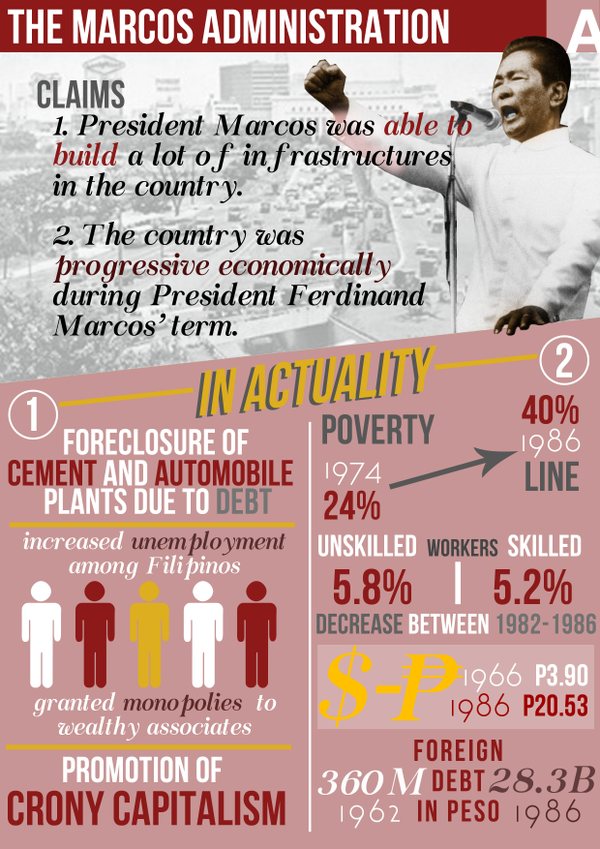The History And Approach Of Martial Arts: A Deep Dive
The History And Approach Of Martial Arts: A Deep Dive
Blog Article
Developed By-Ryberg Henson
Enter the ancient world where martial arts were substantiated of necessity in varied areas. Cultures crafted one-of-a-kind combating designs linked with historic contexts. Strategies progressed over centuries through devoted method and social exchanges. Today, contemporary martial arts blend conventional elements for maximum performance. Philosophically, martial arts highlight discipline, self-improvement, and consistency. Regard, humbleness, and balance are fundamental principles directing experts towards development and durability. Explore the depths of this abundant background and viewpoint to reveal the extensive influences shaping this enduring technique.
Beginnings of Martial Arts
Martial arts originated in different areas around the world, evolving as sensible battle systems to prevent dangers. These old battling designs were developed out of need, with each culture crafting strategies suited to their distinct atmospheres and difficulties. From the grappling arts of Jujutsu in Japan to the striking techniques of Martial art in China, martial arts were deeply linked with the historic, social, and social fabric of their respective societies.
In Japan, the samurai class refined martial arts like Kenjutsu, the art of the sword, which later on progressed into the more promoted form of Kendo. At the same time, in Brazil, Capoeira became a blend of dance and battle, developed by enslaved Africans as a method to stand up to fascism. Each martial art lugs with it an abundant background and viewpoint, showing the values and beliefs of the people who practiced them.
As you explore the beginnings of martial arts, you reveal a tapestry of human resourcefulness, durability, and the stubborn spirit of warriors throughout time.
Advancement of Techniques
Via centuries of practice and refinement, combat techniques within various martial arts have actually undergone a profound development. From old styles like Martial art and Karate to a lot more modern disciplines such as Brazilian Jiu-Jitsu and Krav Maga, the evolution of strategies has actually been driven by a mix of cultural influences, sensible applications, and technological developments.
One considerable aspect of this evolution is the cross-pollination of techniques in between various martial arts. For example, strategies from typical Japanese Jiu-Jitsu were incorporated into the production of Judo by Jigoro Kano in the late 19th century. This mixing of styles has actually led to the development of hybrid martial arts like Mixed Martial Arts (MMA), which integrate elements of striking, grappling, and entry methods.
In addition, the advancement of methods has been formed by the increasing emphasis on efficiency and effectiveness in battle. Professionals have actually continually sought to refine their methods with extensive training, experimentation, and competitors, bring about the advancement of very specialized and effective fighting designs. Generally, the advancement of methods in martial arts shows the vibrant nature of battle and the recurring quest for enhancement and development.
Thoughtful Structures
Discovering the underlying thoughtful principles of martial arts offers insight right into their core values and assisting ideas. At the heart of numerous martial arts techniques is the principle of discipline itself. By educating your mind and body to act as one cohesive device, you grow self-control that expands past the dojo or fitness center into daily life. https://news.cgtn.com/news/2023-08-13/VHJhbnNjcmlwdDc0MDE2/index.html incorporates respect, humility, and self-control, shaping not just your physical capacities yet likewise your personality.
One more fundamental philosophical structure in martial arts is the concept of constant self-improvement. The journey of grasping a fighting style is continuous, with experts regularly making every effort to far better themselves, both physically and emotionally. aikido classes for adults on development cultivates resilience, perseverance, and a development frame of mind that can be related to all facets of life.
In addition, martial arts highlight the significance of harmony and balance. Strategies are designed to utilize an opponent's power versus them, highlighting the principle of yielding and rerouting force as opposed to satisfying it head-on. This viewpoint extends to social partnerships, advertising relaxed resolutions and good understanding. By embracing these philosophical structures, martial artists not just improve their battle skills yet likewise cultivate a way of living fixated individual growth, respect, and harmony.
Final thought
In conclusion, the background and approach of martial arts offer an abundant tapestry of tradition, self-control, and self-improvement.
Take for example the story of Bruce Lee, that changed martial arts by mixing different styles and ideologies to develop his own distinct kind of Jeet Kune Do.
With commitment and development, martial artists continue to push boundaries and inspire others to reach their full possibility both in combat and in life.
